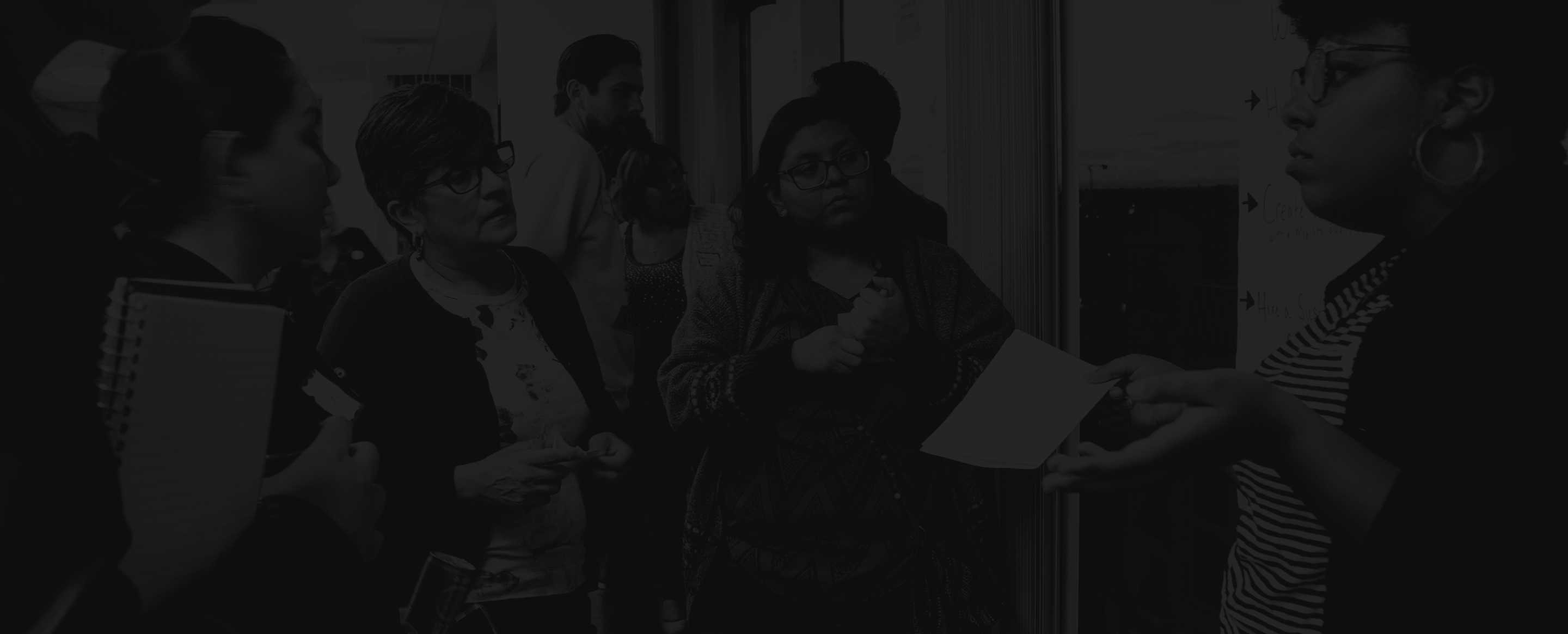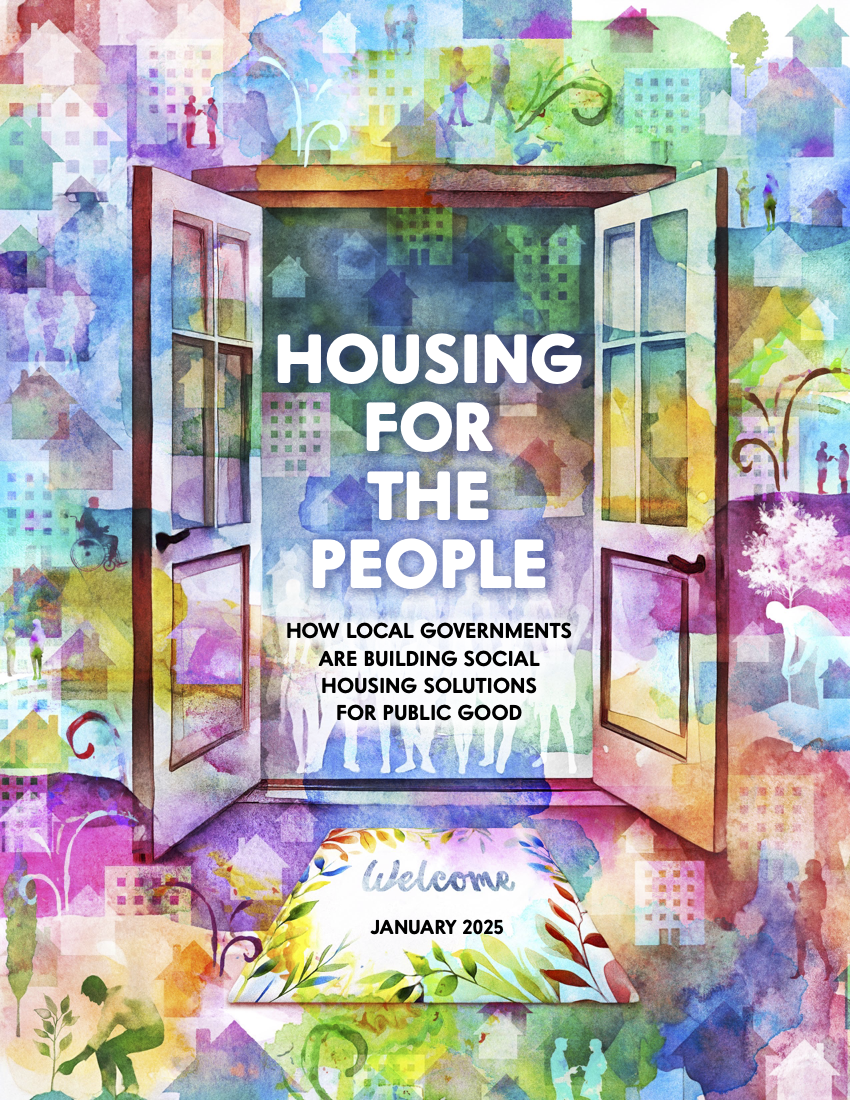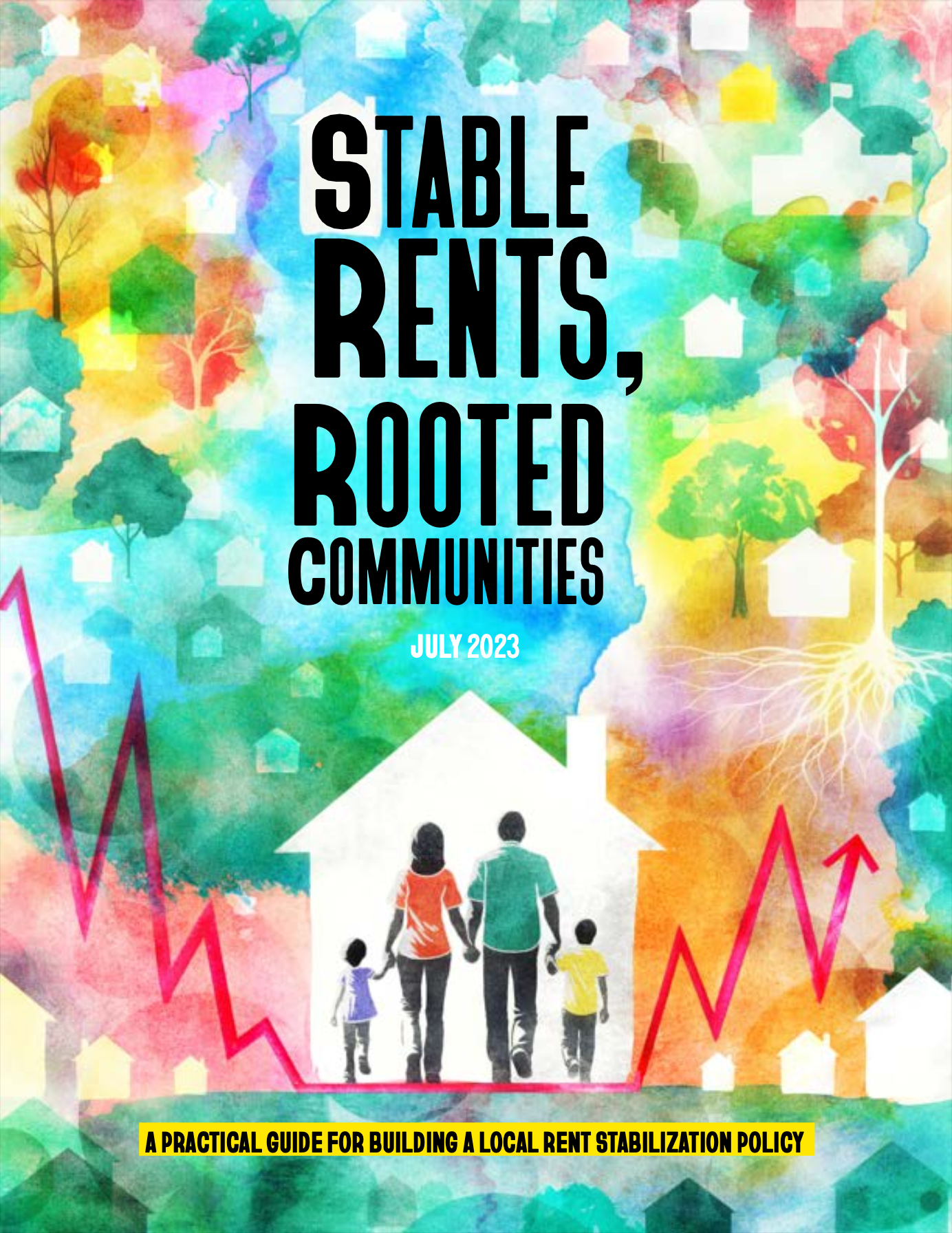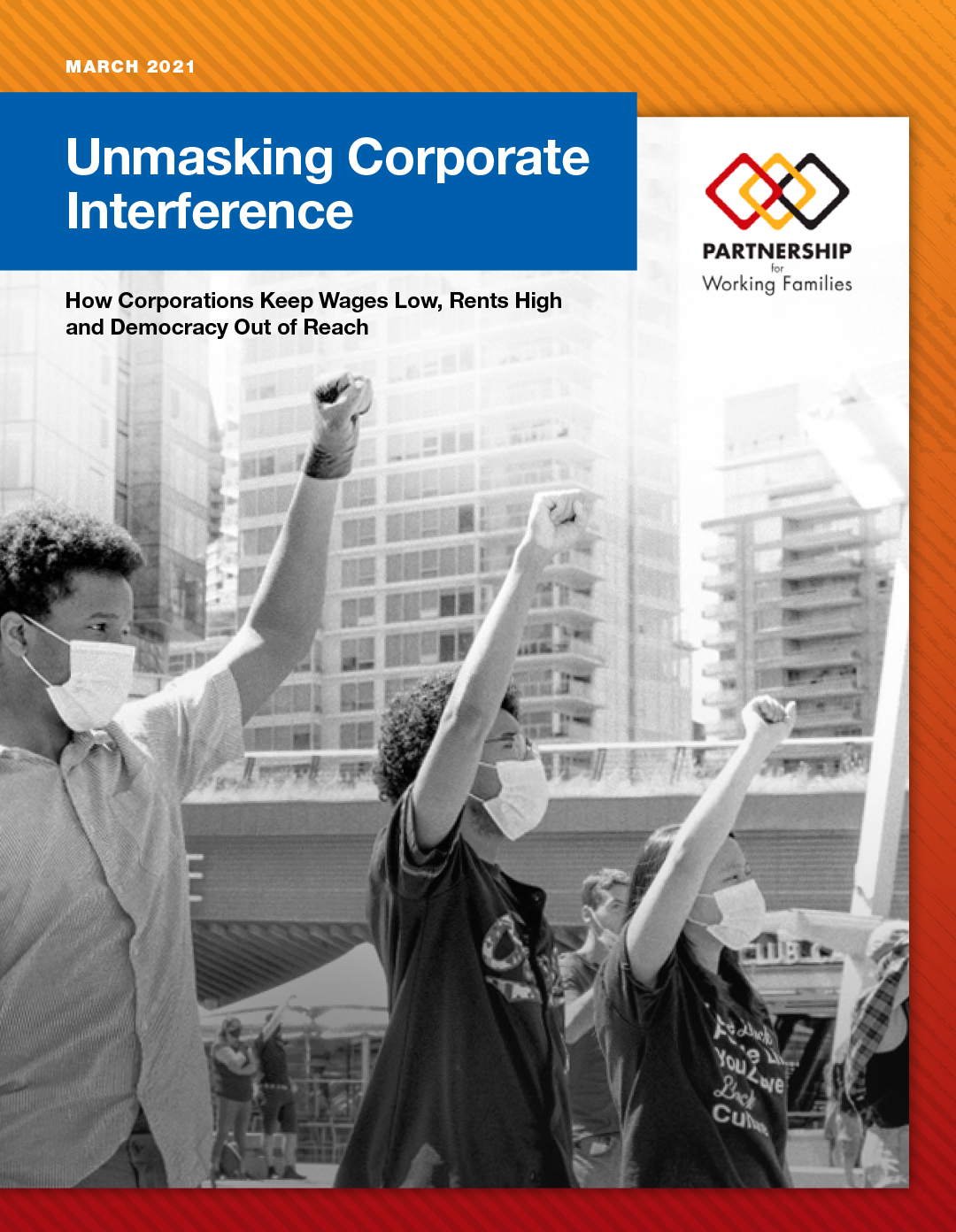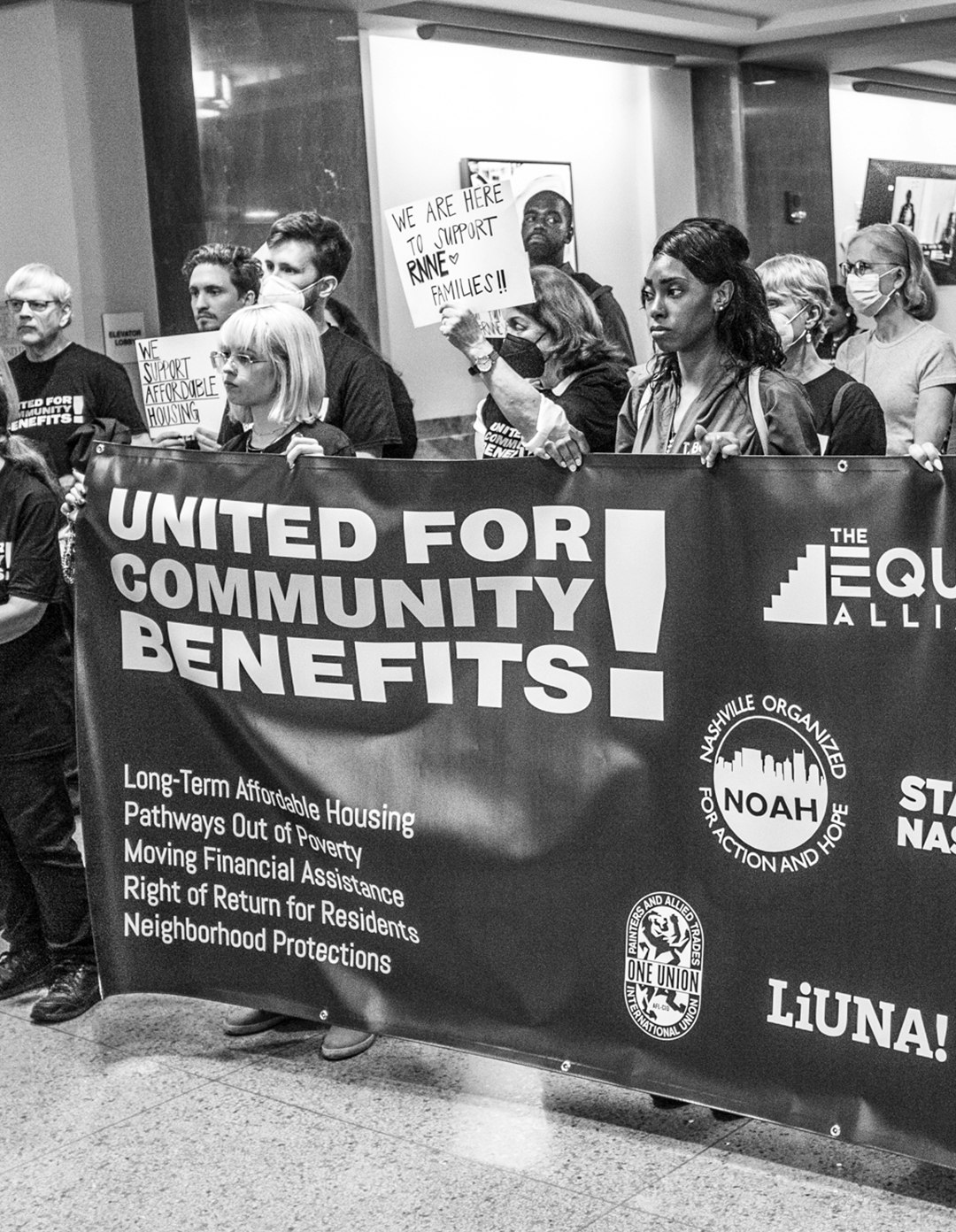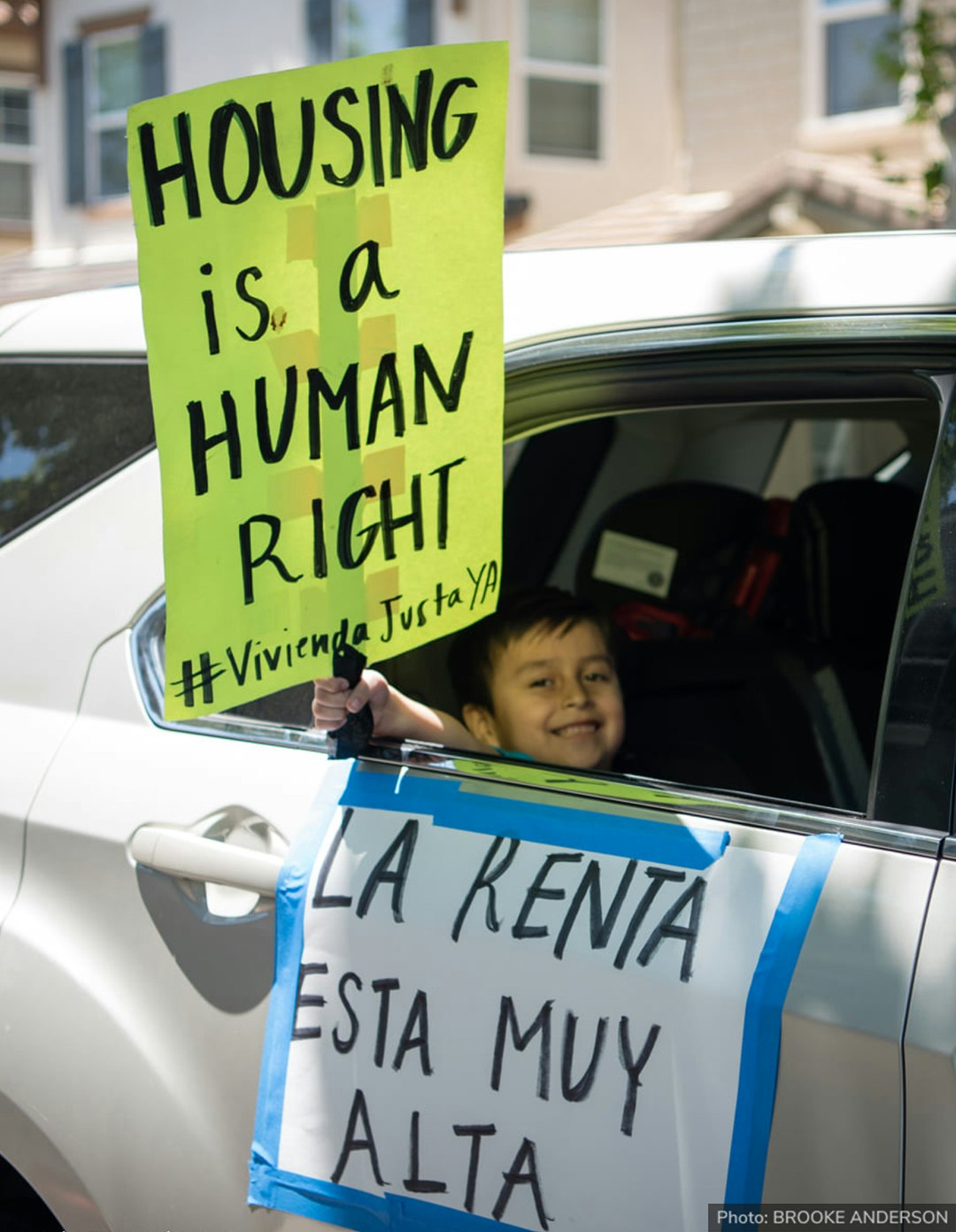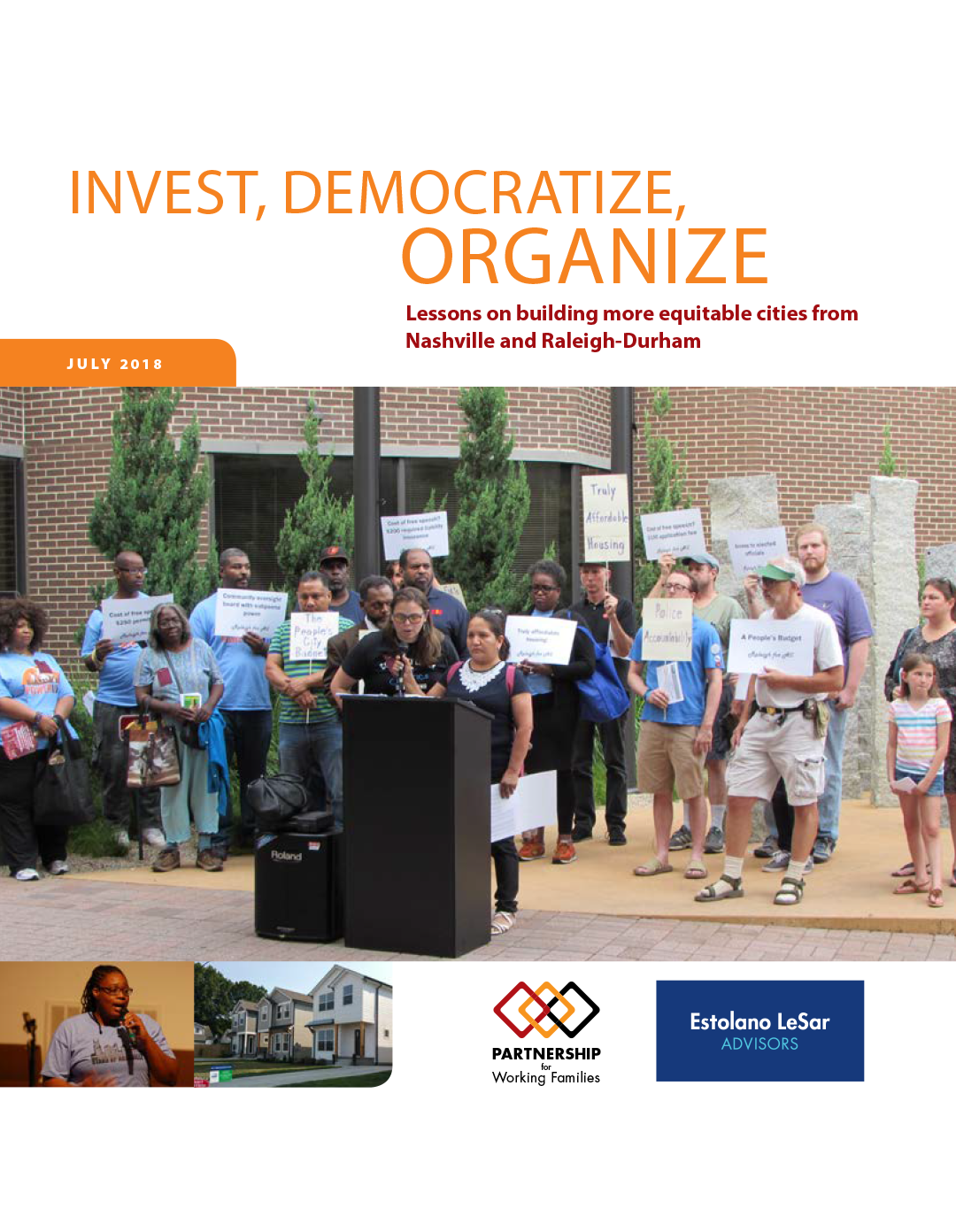Affordable Housing - Housing that costs no more than 30% of a household's income is considered to be “affordable” for that household. More specifically, “affordable housing” meets this 30% standard for low-income households (i.e., households earning below 80% of the area median income). For owners, housing costs include principal, interest, property taxes, and hazard insurance. For renters, costs include rent and tenant-paid utilities (except telephone and cable).
Area Median Income (AMI) - One-half of the incomes in the area are above this amount and one-half are below. Figures are published annually by HUD for every county and metropolitan area in the U.S. (see http://www.huduser.org/portal/datasets/il.html).
Brownfields - Abandoned, idled, or under-used industrial and commercial facilities where expansion or redevelopment is complicated by real, potential or perceived environmental contamination. More information is available from the Environmental Protection Agency website: http://www.epa.gov/brownfields/.
Community Development Block Grant Program (CDBG) - Created by the Housing and Community Development Act of 1974. CDBG provides eligible metropolitan cities and urban counties (called "entitlement communities") with annual direct grants that they can use to revitalize neighborhoods, expand affordable housing and economic opportunities, and/or improve community facilities and services, principally to benefit low- and moderate-income persons.
Community Land Trust - A form of ownership similar to a condominium in that each household owns an individual unit but not the land beneath it. However, in a community land trust, the common areas and land are owned by a non-profit, community-based corporation. Because land values are controlled and this is a limited-equity form of ownership, it maintains long-term affordability.
Condominium - A form of ownership in which individuals own a unit of housing in a multi-unit complex. The individual owners also jointly own and share financial responsibility for the common areas in the complex.
Cooperative (Co-op) - Housing in which each member shares in the ownership of the whole project with the exclusive right to occupy a specific unit and to participate in project operations through the purchase of stock.
Extremely Low Income - Adjusted income that is below 30% of the area median income (AMI) adjusted for household size and for the county or Metropolitan Statistical Area.
Fair Housing - Federal law that prohibits discrimination in housing, renting and lending based on race, color, national origin, religion, sex, family status, or disability. Legislation first enacted in 1968 and expanded by amendments in 1974 and 1988.
Fair Market Rent (FMR) - Rent guidelines for various size units (studio, 1BR, 2BR, etc.) based on market rents for the area. These guidelines are set by HUD primarily to determine payment standards for its affordable housing programs (e.g., Housing Choice Vouchers). FMRs are published annually by HUD (http://huduser.org/datasets/fmr.html).
HOPE VI - Also known as the Urban Revitalization Program, this program enables demolition of obsolete public housing, revitalization of public housing sites and distribution of supportive services to the public housing residents affected by these actions. Rebuilt projects are commonly designed following new urbanist principles, and typically include one-third heavily subsidized units, one-third moderately subsidized units, and one-third market rate units.
Housing Trust Fund – Distinct funds established by city, county or state governments that receive ongoing, dedicated sources of public funding to support the preservation and production of affordable housing, and opportunities for households to access affordable homes. While housing trust funds can be a repository for private donations, they are neither public/private partnerships nor endowed funds. There are currently 38 states with housing trust funds, and more than 550 city- and county-level funds in operation.
Housing Choice Vouchers - Allow very low-income households to choose and lease privately-owned rental units. The main federal rental assistance program, vouchers are administered by local public housing agencies (PHAs). Vouchers are provided to eligible households, and they find their own housing (it must meet program health and safety requirements). Housing voucher recipients must pay 30 percent of their monthly adjusted gross income for rent and utilities. The PHA calculates the maximum amount of allowable assistance as the area moderate-priced unit standard minus 30 percent of the household’s income.
Inclusionary Zoning - These policies require (or provide incentives for) developers to include a minimum percentage of low- and/or moderate-income housing within new market-rate developments. Typical incentives include density bonuses (allowing additional units to be built), expedited permitting, relaxed design standards (e.g., minimum lot sizes or setbacks), and fee waivers.
Limited-Equity Ownership - Residents own their units, which provides security and wealth creation, but the price at which the housing can be resold or leased is limited. These restrictions can be based on the income characteristics of the incoming buyers, on the sale price itself, or both. There are two typical forms of limited-equity ownership: 1) condominium- each household owns its unit, but an association owns the land and common areas; 2) cooperative- each household owns a share of the cooperative housing association, not a unit.
Linkage Fees - A linkage or impact fee may be assessed on new industrial, commercial, or office development that increases the affordable housing burden on the surrounding community. The fees are used to create affordable housing. (Alternatively, housing units may be provided as part of the development.)
Low Income - Adjusted income that is between 50 and 80% of the area median income (AMI) adjusted for household size and for the county or Metropolitan Statistical Area.
Low Income Housing Tax Credits (LIHTC) - A federal tax incentive that facilitates financing to develop low-income housing. The program provides dollar-for-dollar credit toward taxes owed by the housing owner. These tax credits can be sold, or used to back up bonds that are sold, to obtain financing to develop the housing. As with any other subsidy program, specific rules and eligibility requirements pertain to units funded with LIHTC.
Market Rate - Area rent levels for units without any subsidy or assistance from a public program.
Mixed-Income - A mix of residents with various income levels (including low income) within one development.
Moderate Income - Adjusted income that is between 80 and 120% of the area median income (AMI) adjusted for household size and for the county or Metropolitan Statistical Area.
Rent Control - These anti-gentrification ordinances limit the amount that a landlord can raise the rent, typically by setting an allowable annual percentage increase. Some ordinances also limit the amount the rent can be raised once a unit is vacant (i.e., between renters).
Section 8 (see Housing Choice Vouchers) - Housing Assistance Payments Program, authorized by the Housing and Community Development Act of 1974. There are two types of Section 8 housing: 1) unit-based- landlords of privately owned units sign a Section 8 contract under which they agree to charge below-market rent and receive direct government subsidies to make up the difference; 2) tenant-based- as of October 1999, the Section 8 certificate and voucher programs merged and became the Housing Choice Voucher Program.
Single Room Occupancy (SRO) - Small private rooms that contain either food preparation or sanitary facilities, or both, and are designed to be inhabited by a single individual. HUD's Section 221(d) program provides mortgage insurance for such properties.
Subsidized Housing - There are two general types of housing subsidies: 1) development subsidies (supply side) to help construct or acquire housing, and 2) operating subsidies (demand side) that supplement the amount that residents can pay.
Very Low Income - Adjusted income below 50% of the area median income (AMI) adjusted for household size and for the county or Metropolitan Statistical Area.
Zoning - The classification of land by a) types of uses permitted and prohibited and b) by densities and intensities permitted and prohibited in a given district, including regulations regarding building location on lots.

